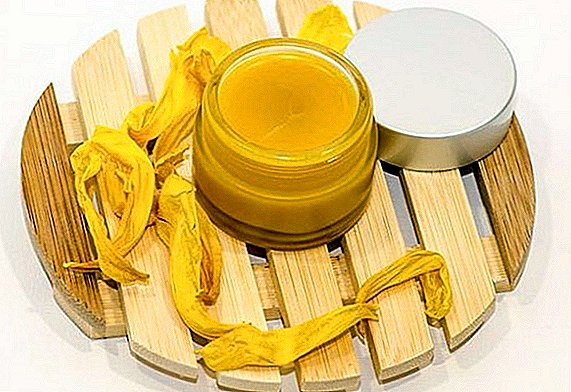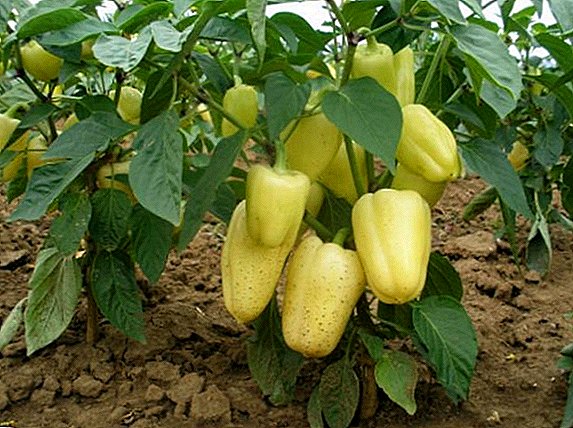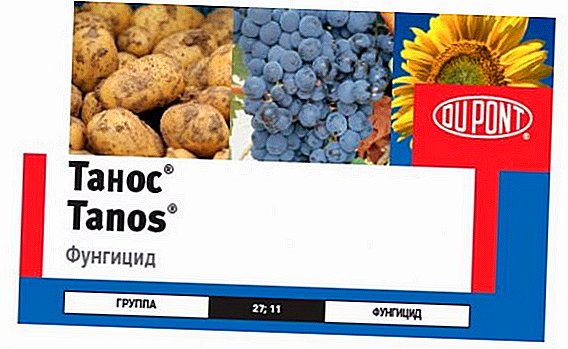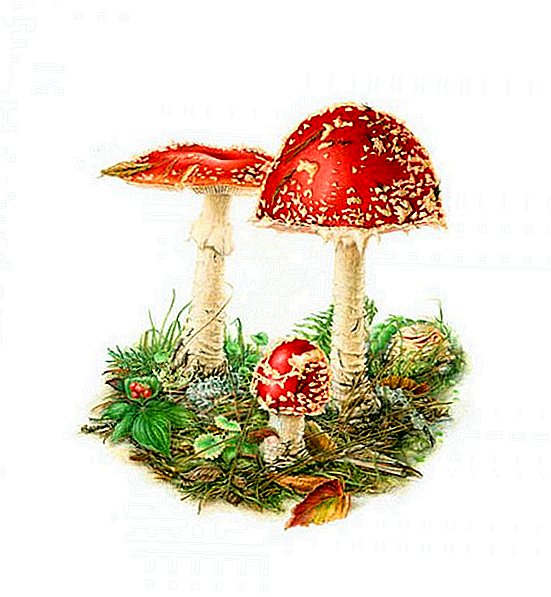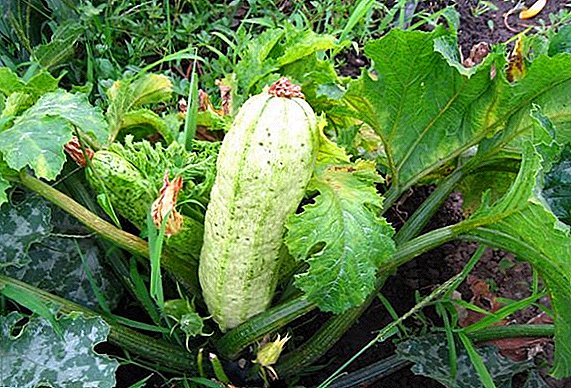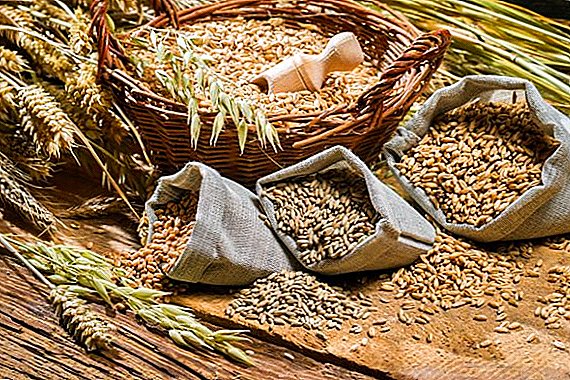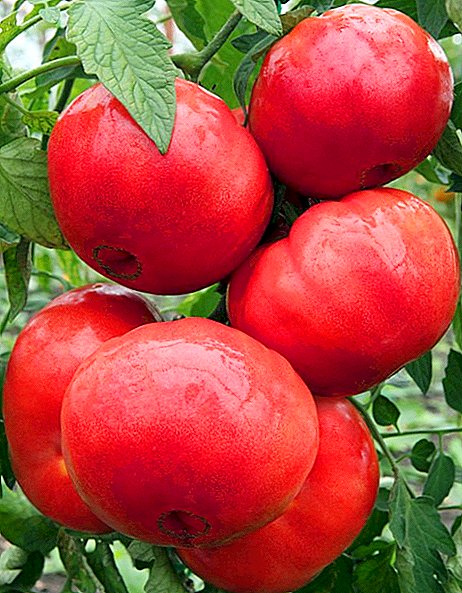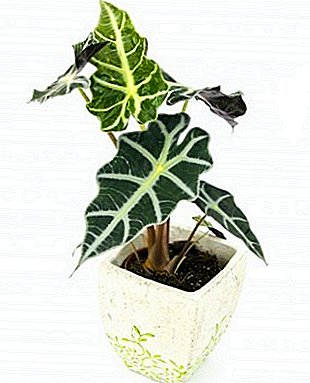
Alokaziya is a houseplant that is distinguished by capriciousness, therefore, if you decide to start breeding it at home, then you need to take care to carefully observe a number of conditions.
The homeland of Alokaziya is the hot tropics, therefore the home conditions in which Alokaziya must be maintained should be as close as possible to the tropical ones. But not all kinds of it can be bred at home. Only Alokaziya Lowi, Alokaziya Kalidor, Alokaziya klobuchkovaya, Alokaziya krupnogornevaya, Alokaziya odorous and Alokaziya Sander (Polly). On the last plant dwell in more detail.
REFERENCE. Alokaziya - an evergreen plant with large, juicy leaves of an unusual coloring. The scientific name of the plant is Alocasia. The length of a houseplant is from 20 to 50 centimeters. Some of its species reach two meters in length - Alokaziya Polly, for example.
Air humidity
 The first thing you need to create optimal conditions for the existence of a flower is to create the maximum wet air and organize moderate watering.
The first thing you need to create optimal conditions for the existence of a flower is to create the maximum wet air and organize moderate watering.
In summer, the optimum temperature for a plant is 22-26 degrees, in winter - at least 18-20 degrees.
Lighting
The plant loves when there is a lot of light in the room, only it should be scattered: the direct rays of the sun can badly affect the flower.
Watering
Water for watering a flower should be soft and well settled. It is necessary to moisten the soil periodically, but the water from the pan must be removed after watering.
Bloom
In most cases, this flower is loved for luxurious, with a metallic sheen, leaves, rather than flowers. It blooms very rarely. The flowers are of a pale color, collected in the cobweed inflorescence, covered from above with a leaf. When it comes time to pollinate the plant, berries with seeds appear inside the cob.
When Alocasia begins to bloom, must be removed its flowers, because because of this, the leaves do not grow, and in them all the beauty of the plant.
For home-grown plants also include: Oranges; Asparagus Sprenger, Meyer; Hypoestes; Triangleic sour; Peperomia; Pepper; Solanum Solanum Pseudocapsicum, False Transverse, Red; Pomegranate Carthage and many others.
Below are photos of Alocasia Polly (Sander) home grown:





Soil and dressing
Heavy dense soil for Alokaziya as a tropical plant does not fit - you need a primer medium density. It would be nice to buy a substrate and dilute it with torform or coniferous soil. A pot for a plant needs to be taken large so that the roots can breathe and the leaves are large.
Transplantation and reproduction
 It is necessary to replant the plant every year in spring time, and adult plants once every three years.
It is necessary to replant the plant every year in spring time, and adult plants once every three years.
It is necessary to replant so that the tubers remain on the ground - so the root system of the flower will not be damaged.
Alocasia reproduces in several ways:
- Seeds - they need to be planted in well-spilled soil so that they do not die. After landing, the land must be watered again.
- Seedlings - they need to dive at least two times, and then sit in pots, constantly watering.
- Tubers, rhizomes, cuttings - cut off the parts of the plant need a clean tool and plant in a well-spilled soil.
It would be good to create greenhouse conditions for the seedlings, and it is imperative to observe that during the work the flower juice does not fall - it is poisonous and can cause irritation on the skin.
Put on gloves before work and make sure that there are no children or animals nearby.
Diseases and pests
 How to understand that Alokaziya sick? It is very simple: its leaves, which are bright and juicy, begin to turn pale, get stained and dry.
How to understand that Alokaziya sick? It is very simple: its leaves, which are bright and juicy, begin to turn pale, get stained and dry.
Of course, there are many reasons for this: the lack of lighting or moisture, and the temperature difference, and pests. There are mites, aphids, and scale insects on a flower.
The very first thing to do if you notice these insects on a plant is to wipe it with a soaped sponge. If the lesion is too strong, you need an actellic solution. It is diluted in a ratio of 1-2 milliliters per liter of water.
From aphids will help get rid of a solution of nicotine sulfate, prepared in soapy water. It will not be superfluous to treat the plant with insecticides.
Also about a more detailed description of the fight against diseases and pests of Alokaziya, read the article on our website.
What other problems may arise?
- Plant stops growing. This indicates a lack of nitrogen in the soil. Urea solution will help to correct the situation: you must take one gram of dry matter and dilute it in one liter of water.
- Leaves become lethargic and lose elasticity. This problem is associated with poor watering: either too little water or too much. In this case, it is necessary to properly organize watering. But there may be another reason: the plant simply does not like the soil. Then it is necessary to replace the substrate, or transplant a flower altogether.
- Alocasia leaves turned pale. This means that the plant does not have enough light. This usually happens in the winter when there is a short day and little daylight. To solve this problem is simple: you need to put a flower under the fluorescent lamp. In general, it is necessary to monitor the lighting for her since the light is vital for her.
- On the leaves appeared brown spots. This is another signal to the need to properly water the plant. Or the air in the room is too dry.
- Black spots indicate that the plant is in a draft.
- Why yellow and dry leaves Have Alokazii Polly? This happens when a flower is watered with hard water or there is not enough nitrogen and other nutrients in the soil.
IMPORTANT! Alokaziya Polly has medicinal properties to a lesser extent, in contrast to Alokaziya Krupnokornevoy (Krupnokornevishischnoy).
Conclusion
 Alokaziya - a plant with beautiful, bright leaves. But in order to enjoy the beauty of this flower, you need to arrange for her the most comfortable conditions.
Alokaziya - a plant with beautiful, bright leaves. But in order to enjoy the beauty of this flower, you need to arrange for her the most comfortable conditions.
Remember that Alokaziya is a tropical flower, which means that it needs a sufficient amount of light and water. Ensure that the plant has adequate soil — medium density with a coniferous substrate or peat. Once a year or three, depending on her age, it needs to be transplanted.
The plant propagates by tubers, cuttings, saplings and seeds. Alocasia can get sick: due to poor light, lack of moisture or nutrients, due to dry air and pests.


